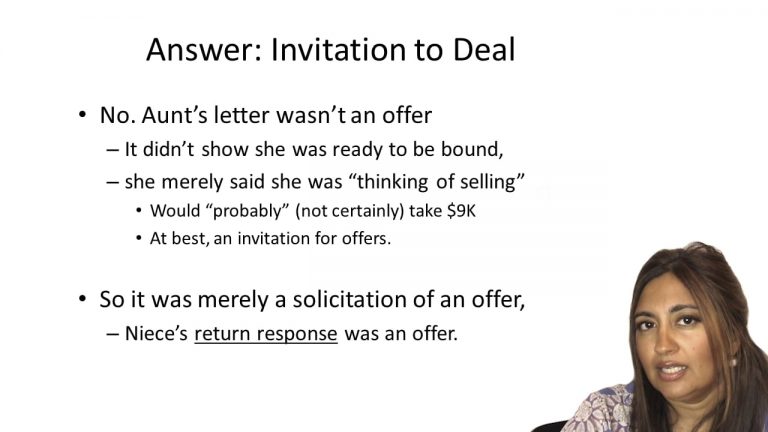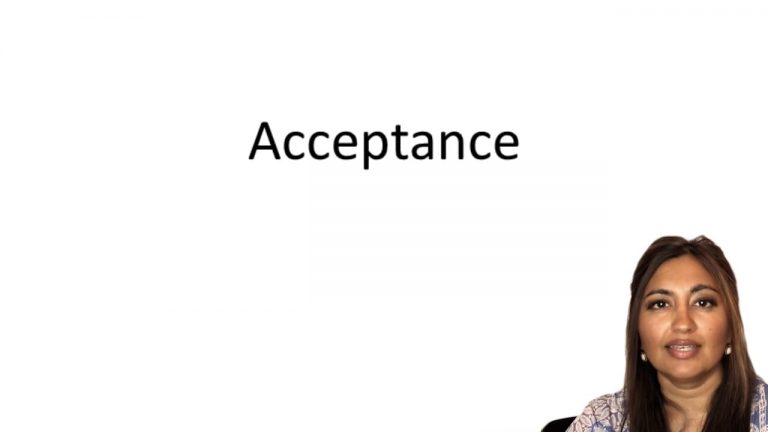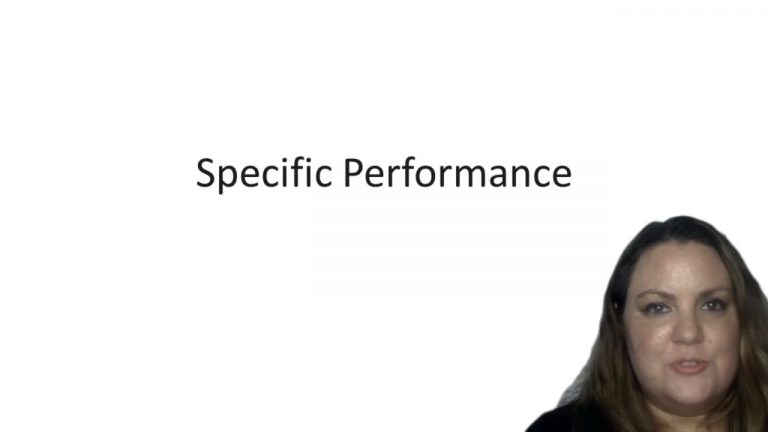SmartBrief
Confirm favorite deletion?
Contracts Keyed to Kuney
Southworth v. Oliver
Citation:
284 Or. 361, 587 P.2d 994 (1978).Facts
In 1976, the Olivers decided to cut down their ranching operations and planned to sell some of their land in Bear Valley, as well as some of their Forest Service grazing permits. Joseph Oliver approached neighboring ranchers about purchasing the land and the permits. On May 20, 1976, Joseph stopped at Southworth’s ranch to discuss selling the 2,933 acres of land in Bear Valley. Southworth expressed that he was very much interested in purchasing the land. Southworth also told Oliver he thought another neighbor, Clyde Holliday, might be interested in buying the permits. During the meeting, Oliver showed Southworth the land for sale on a map, but there was no discussion of price or terms because Oliver needed to determine the properties value. At the end of the meeting, Oliver stated that he would send Southworth “notice” of “what he wanted for the land” once he made a determination of value and Southworth stated that he would work on finding the money and making arrangements for the purchase. On June 13, 1976, Southworth called Oliver and asked if he still planned to sell the land. Oliver stated that he did and there was delay in acquiring the necessary information from the Assessor. Southworth advised Oliver that he had everything in order and the money was available to make the purchase. On June 17, 1976, the Olivers sent a letter to Southworth and three other neighboring ranchers containing information about the lands for sale and market values of the land and grazing permits. Southworth immediately responded on June 21, 1976 that he accepted the offer for sale of the Bear Valley lands. On June 23, 1976, Clyde Holliday called Southworth and told him he needed to acquire some of the land he had agreed to buy from the Olivers. Joseph Oliver acknowledged that Holliday had informed him that Holliday and Southworth were having difficulty working things out. On June 24, 1976, the Olivers sent Southworth a letter informing him that he had misconstrued their prior negotiations and the June 17th letter was not intended as a firm offer for sale, but was informational.
Only StudyBuddy Pro offers the complete Case Brief Anatomy*
Access the most important case brief elements for optimal case understanding.
*Case Brief Anatomy includes: Brief Prologue, Complete Case Brief, Brief Epilogue
- The Brief Prologue provides necessary case brief introductory information and includes:
Topic:
Identifies the topic of law and where this case fits within your course outline.Parties:
Identifies the cast of characters involved in the case.Procedural Posture & History:
Shares the case history with how lower courts have ruled on the matter.Case Key Terms, Acts, Doctrines, etc.:
A case specific Legal Term Dictionary.Case Doctrines, Acts, Statutes, Amendments and Treatises:
Identifies and Defines Legal Authority used in this case.
- The Case Brief is the complete case summarized and authored in the traditional Law School I.R.A.C. format. The Pro case brief includes:
Brief Facts:
A Synopsis of the Facts of the case.Rule of Law:
Identifies the Legal Principle the Court used in deciding the case.Facts:
What are the factual circumstances that gave rise to the civil or criminal case? What is the relationship of the Parties that are involved in the case.Issue(s):
Lists the Questions of Law that are raised by the Facts of the case.Holding:
Shares the Court's answer to the legal questions raised in the issue.Concurring / Dissenting Opinions:
Includes valuable concurring or dissenting opinions and their key points.Reasoning and Analysis:
Identifies the chain of argument(s) which led the judges to rule as they did.
- The Brief Prologue closes the case brief with important forward-looking discussion and includes:
Policy:
Identifies the Policy if any that has been established by the case.Court Direction:
Shares where the Court went from here for this case.
Topic Resources
Topic Videos
 11m 57s
11m 57s 19m 28s
19m 28s 12m 10s
12m 10sTopic Charts & Notes

